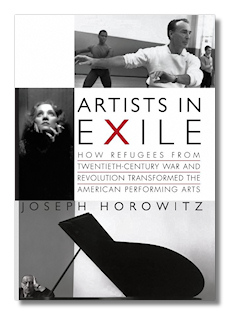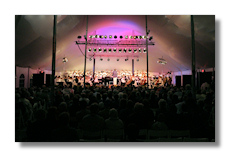
The exiles who wowed America
How exiled European artists reacted to the energy and freedom of the US
By Clive James 
Imagine Balanchine watching a bunch of cheerleaders and you've got this book in a flash. Vignettes are its basic strength, as was bound to be true. The subject of the twentieth-century European artists in exile is too big for one book. Jean-Michel Palmier proved it by publishing his pioneering compendium Weimar en exil (1988) as two books, one of them called Exil en Europe and the other Exil en Amérique. Since there could easily have been others – Exil en Australie would have been interesting – it will be appreciated that Palmier himself felt obliged to limit his purview.
Joseph Horowitz gets the story into a single volume, Artists in Exile, by concentrating on a single destination, America, and even then he trims the field. His subtitle "How refugees from twentieth-century war and revolution transformed the American performing arts" leaves out the writers, painters, photographers and architects, which means we aren't going to hear much about any of the Mann clan, and nothing at all about Mondrian, Ernst, Léger, Moholy-Nagy, Mies, Gropius, Andreas Feininger, Lyonel Feininger … but let's stop. Horowitz gives us mainly those exiles who worked in music, theatre and film. Even then, there are more than enough names to be going on with: Balanchine, Stravinsky, Koussevitsky, Toscanini, Stokowski, Kurt Weill and Rouben Mamoulian are only the most prominent.
Read the complete review at The Times website:
http://entertainment.timesonline.co.uk/tol/arts_and_entertainment/the_tls/article4618457.ece
















